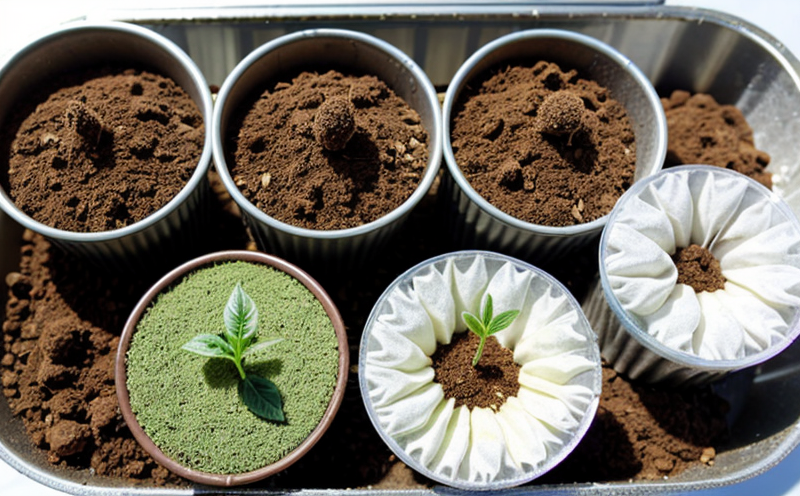Seedling Length Measurement Testing
The process of seedling length measurement testing is crucial in agriculture and forestry sectors to ensure that seeds meet quality standards before planting. This service evaluates the uniformity, health, and vitality of seedlings which directly impact crop yield and plant growth. Proper germination tests are essential for optimizing agricultural practices and ensuring compliance with international standards.
During this testing process, seeds are sown in controlled conditions to monitor their development into seedlings over time. The length measurement is conducted at specific intervals post-germination using precision instruments such as calipers or digital micrometers. This data helps determine the health and vigor of each seedling, providing insights into potential future growth.
Compliance with international standards like ISO 3676:2019 ensures that testing methods are consistent across different regions. By adhering to these guidelines, laboratories can provide reliable and accurate results, enhancing trust among stakeholders involved in the agricultural supply chain.
The measurement of seedling lengths is particularly important for understanding genetic diversity within a batch of seeds. Variations in length could indicate differences in maturity or underlying genetic traits that might influence performance under various environmental conditions.
Accurate length measurements also play a vital role in identifying any potential issues early on, allowing corrective actions to be taken promptly if necessary. This proactive approach helps minimize losses due to substandard seedlings and promotes sustainable agricultural practices.
Scope and Methodology
| Aspect | Description |
|---|---|
| Sample Preparation | Seeds are sown in trays filled with moist soil under controlled environmental conditions. |
| Germination Monitoring | The tray is regularly checked for signs of germination and seedling emergence. |
| Measurement Tools | Digital micrometers or calipers are used to measure the length of each seedling accurately. |
| Data Collection | Measurements and observations are recorded meticulously for analysis. |
Why Choose This Test
- Ensures uniformity in seedling length, promoting consistent crop performance.
- Identifies and eliminates unhealthy or underdeveloped seedlings early on.
- Aids in selecting the best performing seeds for future planting cycles.
- Facilitates compliance with international standards ensuring quality control.
Use Cases and Application Examples
- In crop breeding programs where genetic diversity needs to be maintained across different regions.
- For nurseries that supply trees or plants for reforestation projects requiring precise measurements.
- In research studies aimed at understanding the effects of climate change on seedling growth rates.





